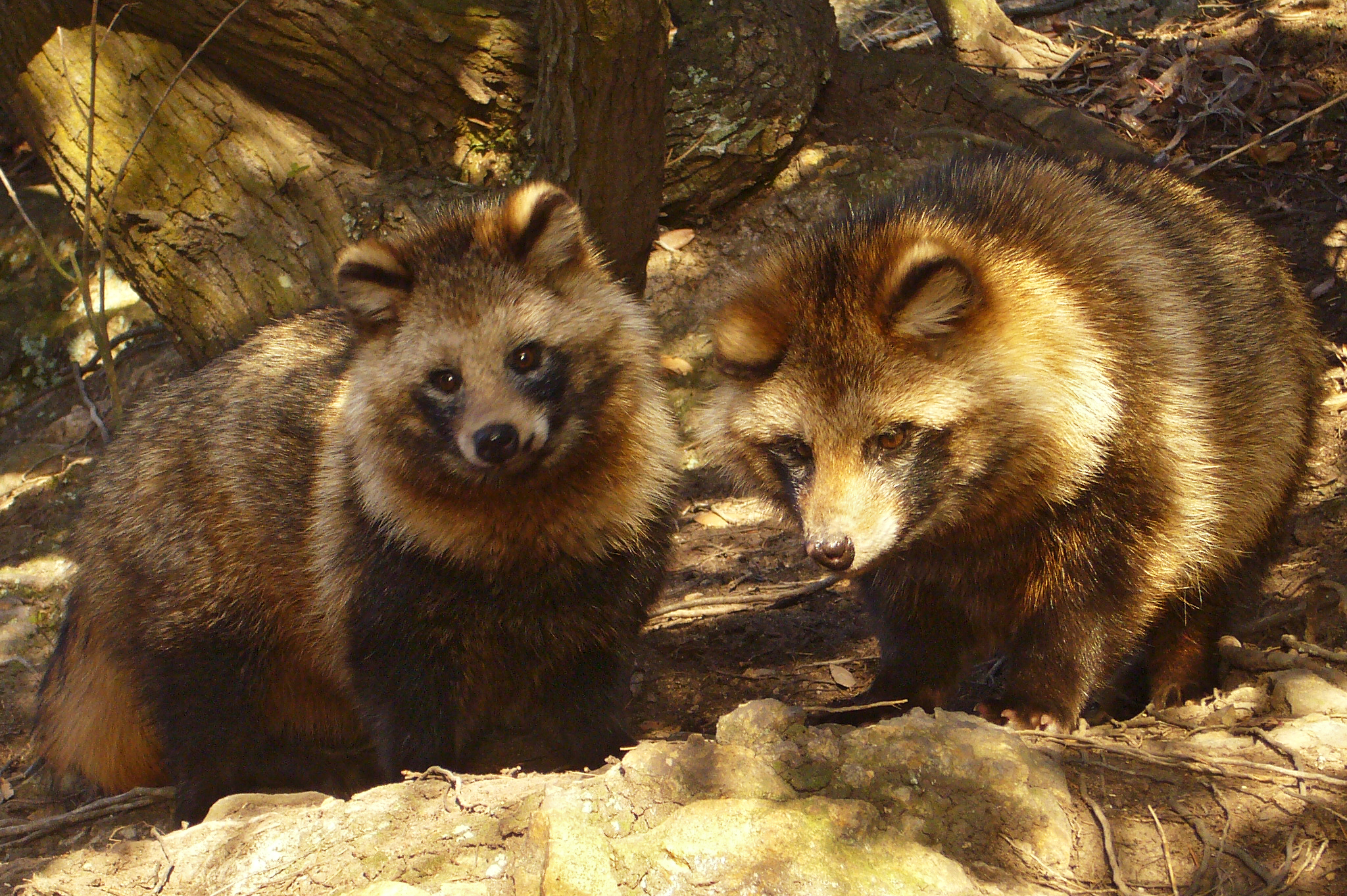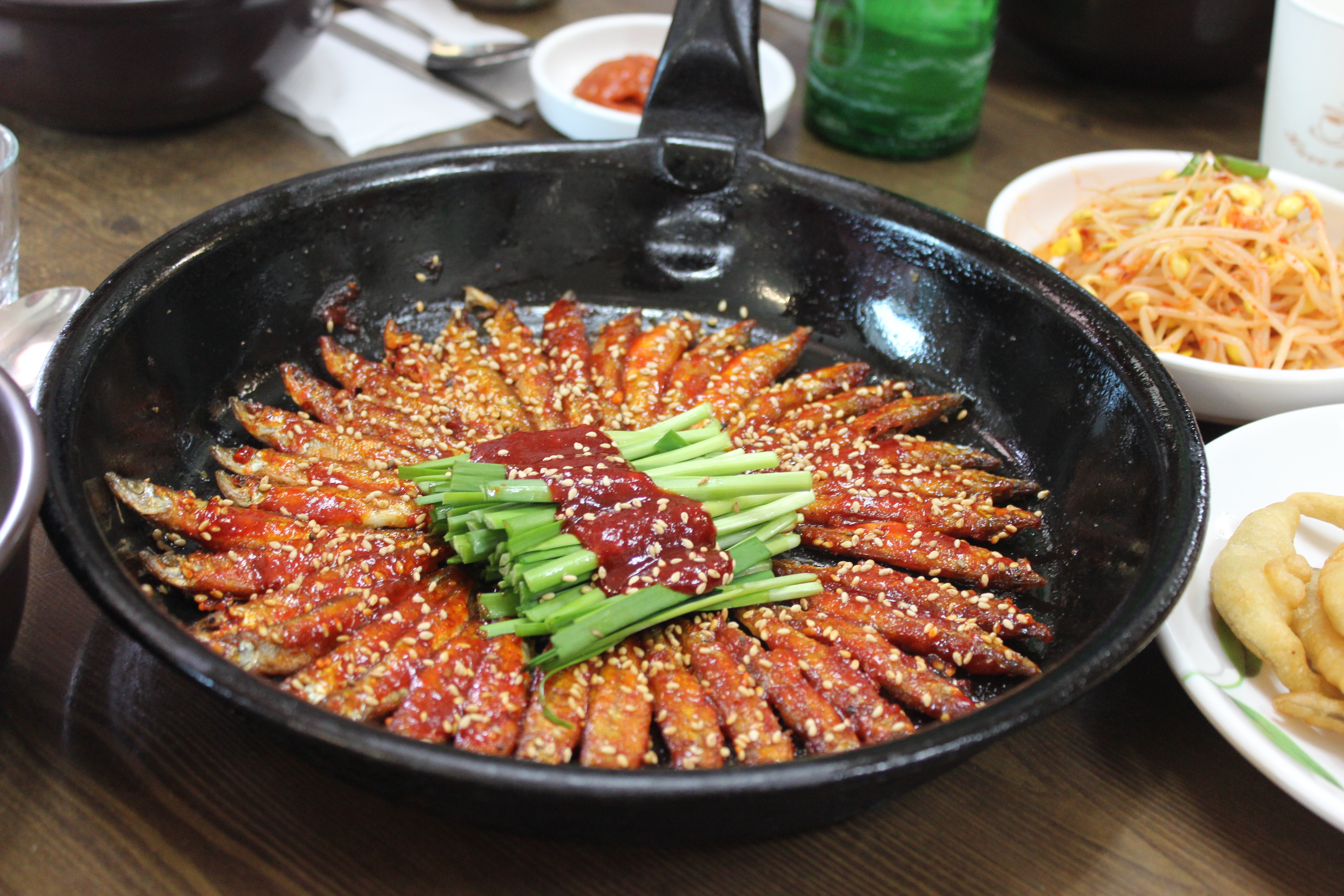|
Metagonimus Miyatai
''Metagonimus miyatai'' is a species of a Trematoda, trematode, or fluke worm, in the family Heterophyidae. It is a human parasite causing metagonimiasis. Distribution This species occurs in Japan and Korea.Chai J. Y., Darwin Murrell K. & Lymbery A. J. (2005). "Fish-borne parasitic zoonoses: Status and issues". ''International Journal for Parasitology'' 35(11-12): 1233-1254. . Life cycle The first intermediate hosts of ''Metagonimus miyatai'' include freshwater snails ''Semisulcospira libertina'', ''Semisulcospira dolorosa'',Shimazu T. (2002). "Life cycle and morphology of ''Metagonimus miyatai'' (Digenea: Heterophyidae) from Nagano, Japan". ''Parasitology International'' 51(3):271–280. . and ''Koreoleptoxis globus''. The second intermediate host include freshwater fish: ''Phoxinus lagowskii steindachneri'', ''Zacco platypus'', ''Nipponocypris temminckii'', ''Plecoglossus altivelis'', ''Tribolodon hakonensis'', and ''Tribolodon brandtii'', ''Opsariichthys bidens''. Natural ... [...More Info...] [...Related Items...] OR: [Wikipedia] [Google] [Baidu] |
Animal
Animals are multicellular, eukaryotic organisms in the Kingdom (biology), biological kingdom Animalia. With few exceptions, animals Heterotroph, consume organic material, Cellular respiration#Aerobic respiration, breathe oxygen, are Motility, able to move, can Sexual reproduction, reproduce sexually, and go through an ontogenetic stage in which their body consists of a hollow sphere of Cell (biology), cells, the blastula, during Embryogenesis, embryonic development. Over 1.5 million Extant taxon, living animal species have been Species description, described—of which around 1 million are Insecta, insects—but it has been estimated there are over 7 million animal species in total. Animals range in length from to . They have Ecology, complex interactions with each other and their environments, forming intricate food webs. The scientific study of animals is known as zoology. Most living animal species are in Bilateria, a clade whose members have a Symmetry in biology#Bilate ... [...More Info...] [...Related Items...] OR: [Wikipedia] [Google] [Baidu] |
Parasitology International
Parasitology is the study of parasites, their hosts, and the relationship between them. As a biological discipline, the scope of parasitology is not determined by the organism or environment in question but by their way of life. This means it forms a synthesis of other disciplines, and draws on techniques from fields such as cell biology, bioinformatics, biochemistry, molecular biology, immunology, genetics, evolution and ecology. Fields The study of these diverse organisms means that the subject is often broken up into simpler, more focused units, which use common techniques, even if they are not studying the same organisms or diseases. Much research in parasitology falls somewhere between two or more of these definitions. In general, the study of prokaryotes falls under the field of bacteriology rather than parasitology. Medical The parasitologist F.E.G. Cox noted that "Humans are hosts to nearly 300 species of parasitic worms and over 70 species of protozoa, some derived ... [...More Info...] [...Related Items...] OR: [Wikipedia] [Google] [Baidu] |
Japanese Raccoon Dog
The Japanese raccoon dog (''Nyctereutes viverrinus''), also known as the ''tanuki'' ( ja, , , ), is a species of canid endemic to Japan. It is one of two species in the genus ''Nyctereutes'', alongside the common raccoon dog (''N. procyonoides''), of which it was formerly thought to be a subspecies. The Japanese raccoon dog has a relatively smaller stomach and shorter fur of lesser insulation value than mainland raccoon dogs. A rare, white colour type can also be found. Within Japanese folklore, the ''tanuki'' have had a significant role since ancient times. The legendary ''tanuki'' are reputed to be mischievous and jolly, masters of disguise and shapeshifting but somewhat gullible and absentminded. The animals have also been common in Japanese art, particularly as subjects for statues. Japanese etymology While ''tanuki'' are prominent in Japanese folklore and proverbs, they were not always clearly distinguished from other animals with a similar appearance. In local dialects, '' ... [...More Info...] [...Related Items...] OR: [Wikipedia] [Google] [Baidu] |
Vulpes Vulpes Japonica
The red fox (''Vulpes vulpes'') is the largest of the true foxes and one of the most widely distributed members of the order Carnivora, being present across the entire Northern Hemisphere including most of North America, Europe and Asia, plus parts of North Africa. It is listed as least concern by the IUCN. Its range has increased alongside human expansion, having been introduced to Australia, where it is considered harmful to native mammals and bird populations. Due to its presence in Australia, it is included on the list of the "world's 100 worst invasive species". The red fox originated from smaller-sized ancestors from Eurasia during the Middle Villafranchian period, and colonised North America shortly after the Wisconsin glaciation. Among the true foxes, the red fox represents a more progressive form in the direction of carnivory. Apart from its large size, the red fox is distinguished from other fox species by its ability to adapt quickly to new environments. Despite i ... [...More Info...] [...Related Items...] OR: [Wikipedia] [Google] [Baidu] |
Opsariichthys Bidens
''Opsariichthys bidens'', the Chinese hooksnout carp, is a species of freshwater fish in the family Cyprinidae. It is endemic to fast-flowing streams and rivers of East Asia ( China, Japan, North Korea, South Korea, and Russia) and mainland Southeast Asia ( Laos and Vietnam). A mid-sized minnow, it has a maximum length of and a maximum published weight of , with sexual dimorphism Sexual dimorphism is the condition where the sexes of the same animal and/or plant species exhibit different morphological characteristics, particularly characteristics not directly involved in reproduction. The condition occurs in most an ... favoring larger males. References Opsariichthys Cyprinid fish of Asia Freshwater fish of China Freshwater fish of Japan Fish of Korea Fish of Laos Fish of Russia Fish of Vietnam Taxa named by Albert Günther Fish described in 1873 {{Cyprinidae-stub ... [...More Info...] [...Related Items...] OR: [Wikipedia] [Google] [Baidu] |
Tribolodon Brandtii
The Pacific redfin (''Tribolodon brandtii'') is a species of fish in the family Cyprinidae. It is found from the Siberia Siberia ( ; rus, Сибирь, r=Sibir', p=sʲɪˈbʲirʲ, a=Ru-Сибирь.ogg) is an extensive geographical region, constituting all of North Asia, from the Ural Mountains in the west to the Pacific Ocean in the east. It has been a part of ...n Pacific Coast through coastal Japan. References * Tribolodon Fish described in 1872 {{Leuciscinae-stub ... [...More Info...] [...Related Items...] OR: [Wikipedia] [Google] [Baidu] |
Tribolodon Hakonensis
The big-scaled redfin (''Tribolodon hakonensis''), also known as the Japanese dace and ugui, is a medium-sized Asian fish. First described by Albert Günther in 1877 as ''Leuciscus hakonensis'', it is the type specimen of the genus ''Tribolodon'', having been described again as ''Tribolodon punctatum'' by Henri Émile Sauvage when he established that genus in 1883. It is the most widely distributed of the ''Tribolodon'' species, found over much of the Sea of Japan. It is known to carry a number of parasites, including the trematode species ''Centrocestus armatus'' (for which it is a second intermediate host), and the copepod species ''Ergasilus fidiformis'', which is carried in the fish's gills A gill () is a respiratory organ that many aquatic organisms use to extract dissolved oxygen from water and to excrete carbon dioxide. The gills of some species, such as hermit crabs, have adapted to allow respiration on land provided they are .... References Tribolodon Fish de ... [...More Info...] [...Related Items...] OR: [Wikipedia] [Google] [Baidu] |
Plecoglossus Altivelis , a Japanese name
{{disambig ...
Ayu or AYU may refer to: * Ayu (given name) * Ayu sweetfish (''Plecoglossus altivelis''), a species of smelt * ''Ayu'', a local name for the African manatee * Ayu (singer) or Ayumi Hamasaki, Japanese singer * Ayu Islands, a small archipelago in Indonesia * Ayu, Dawei, a village in Burma * Ayu language, a language of Nigeria * Aiyura Airport, IATA code AYU See also * Ayu-Dag, a peak in Crimea, Ukraine * Ayumi is a feminine Japanese given name. It is rarely used as a surname. Possible writings Ayumi can be written using different kanji characters and can mean: *歩み, "course" "walking" "progress" ;as a given name *歩, "progress", "walking", "a step" ... [...More Info...] [...Related Items...] OR: [Wikipedia] [Google] [Baidu] |
Nipponocypris Temminckii
''Nipponocypris temminckii'' (common name: the Dark chub) is a species of cyprinid in the genus ''Nipponocypris''. It inhabits China, Japan and Korea Korea ( ko, 한국, or , ) is a peninsular region in East Asia. Since 1945, it has been divided at or near the 38th parallel, with North Korea (Democratic People's Republic of Korea) comprising its northern half and South Korea (Republic o ... and has a maximum length of . References Cyprinidae Cyprinid fish of Asia Freshwater fish of China Fish of Japan Fish of Korea Taxa named by Coenraad Jacob Temminck Taxa named by Hermann Schlegel Fish described in 1846 {{Cyprinidae-stub ... [...More Info...] [...Related Items...] OR: [Wikipedia] [Google] [Baidu] |
Zacco Platypus
The pale chub, (''Zacco platypus''), also known as pale bleak or fresh-water sprat, is a species of fish native to rivers and streams from northern China and Korea to northern Vietnam. They can grow up to but usually grow up to . Its diet consists of zooplankton, invertebrates, fish, and debris. ''Zacco platypus'' Is called Oikawa オイカワ(追河、Opsariichthys platypus)in Japan Japan ( ja, 日本, or , and formally , ''Nihonkoku'') is an island country in East Asia. It is situated in the northwest Pacific Ocean, and is bordered on the west by the Sea of Japan, while extending from the Sea of Okhotsk in the north .... Description The pale chub has a moderately large head with moderately large eyes that are located on the upper side of the head. They have a large mouth, so much so that the posterior end of the jaw reaches the anterior part of the eye. The pale chub has an elongated body that is more compressed at the posterior end. Their maximum length is 20& ... [...More Info...] [...Related Items...] OR: [Wikipedia] [Google] [Baidu] |
Phoxinus Lagowskii
''Phoxinus'' is a genus of freshwater fish in the family Leuciscidae of order Cypriniformes, and the only members of the subfamily Phoxininae, or Eurasian minnows. The type species is ''Phoxinus phoxinus''. The other species in this genus are also commonly known as minnows. The name "minnow" was what early English fisherman used to describe "small and insignificant". The genus ''Phoxinus'' is found throughout Eurasia, and includes 21 known species. Previously, members of the North American genus '' Chrosomus'' were also believed to form part of this genus.Strange, R.M. & Mayden, R.L. (2009): Phylogenetic Relationships and a Revised Taxonomy for North American Cyprinids Currently Assigned to ''Phoxinus'' (Actinopterygii: Cyprinidae). ''Copeia, 2009 (3): 494-501.'' Species There are currently 22 recognized species in this genus: * ''Phoxinus apollonicus'' Bianco & De Bonis, 2015 Bianco, P.G. & De Bonis, S. (2015): A taxonomic study on the genus ''Phoxinus'' (Acthinopterigy, Cypri ... [...More Info...] [...Related Items...] OR: [Wikipedia] [Google] [Baidu] |



.jpg)
